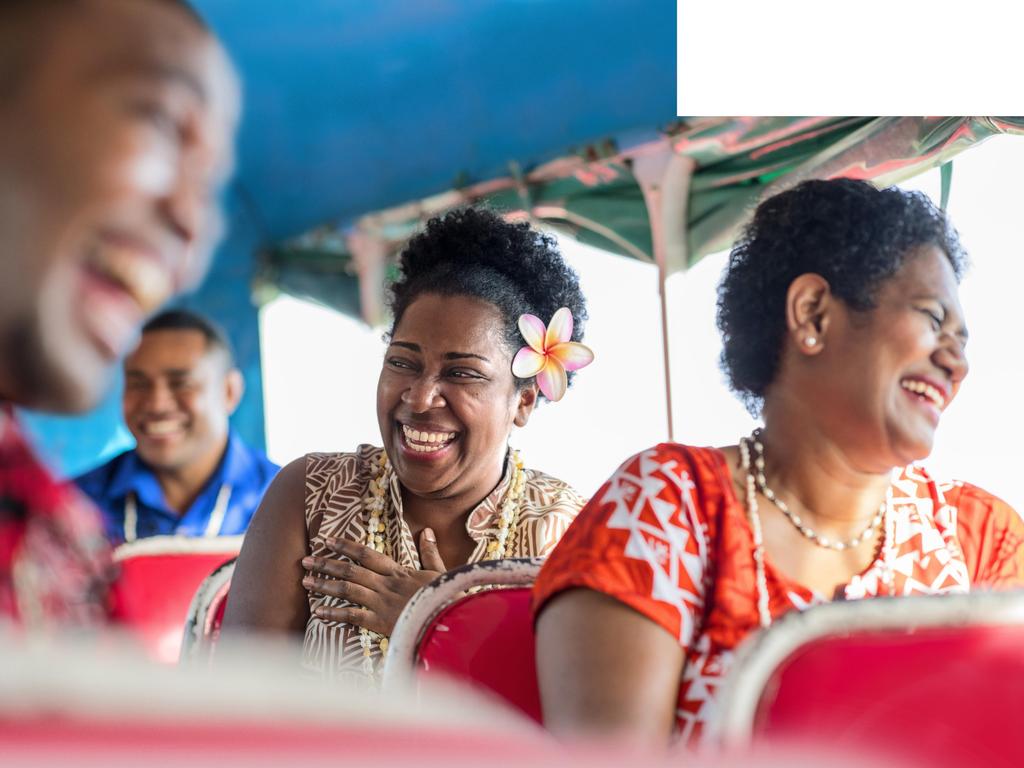WA wildflower season produces bumper harvest
Western Australia is experiencing its most prolific wildflower season in decades.

We’ll just stop here for you to get your eye in,” says wildflower guide Sylvia Mills, as she pulls over in Mogumber, 120km northeast of Perth. First, she points out flowering shrubs such as delicate Swan myrtle, Hakea, coneflowers and Dryandras. Next, there’s the large spider orchid, with its elegant, trailing petals. Finally, we spot everlasting daisies, their pink and white buds just waking for the morning. “Their faces are all turned to the sun,” says Mills.
I’ve seen WA’s wildflowers before, but usually can’t tell a cowslip from a milkmaid. This year is touted as a bumper season, the best in decades. If I’m ever going to take an expert guided tour, it should be now.

Mills operates Luxury Outback Tours, offering boutique wildflower and sightseeing trips through WA. During the season, the location of the best blooms varies almost daily, and an experienced guide can prove invaluable. Mills is expecting another couple to join this tour, however interstate border closures have thwarted their plans. I’m the sole passenger in her Land Rover Discovery, and we’re tracking north for a three-day, petal-powered extravaganza.
Mills proves her worth in more ways than one. In Moora, I follow her into Jeanne d’Moore Cafe, and am surprised to find a venue decked out with vintage French homewares and a swoon-inducing pastry cabinet. Re-caffeinated, we’re ready for the much-photographed Coalseam Conservation Park. The site of an early failed mine, this precinct has lookouts over the Irwin River, but you can barely see the views for the flowers. The pink and mauve sticky everlastings are thick on the ground and come in traditional daisy shapes. Others, such as bright yellow pompom heads, are spherical, while the purple fringed lily, blue heronsbill and yellow podolepis are technically herbs.
I’m in floral heaven, gushing and rushing between exquisite blooms. Despite 18 years of guiding, Mills is just as excited, snapping away with her camera as she rattles off botanical names. Her insider knowledge comes in handy again at lunch time. Inside the 1980s Mullewa Sports Club is a tourist season pop-up, Rusty Jane’s Outback Cafe. We take a seat under the cricket club honour roll and my quiche arrives with quintessential country service from (presumably) Rusty Jane’s husband. “Sorry about the wait. I just had to get the eggs from under the chook,” he says.
At the Mullewa Visitor Centre, I ask co-ordinator Holly Freeman if this year’s display is really so unusual.
“One of our senior volunteers has lived here her whole life,” she replies. “She said this might be the best season since the 70s.”

Mills and I motor on, passing the ghost town of Pindar and turning down a dusty road. Scores of cars are parked and we soon see why. Dotting the roadside for about 100m are wreath flowers, astonishing floral circles of pink and cream that appear ready-made for Anzac Day. These rare blooms grow prolifically here, and this year they’re spilling on to the road.
Our first night is spent in the seaside town of Kalbarri, where the Murchison River meets the Indian Ocean. Setting out early the next morning, we drive into Kalbarri National Park through profusely flowering wattles, grevilleas, smoke bush and brilliant red kangaroo paws. Actual red kangaroos, paws and all, bound across the road, and we watch a pair of emus sashay through yellow grevilleas.
A short hike brings us to Nature’s Window, a natural rock opening overlooking the dramatic Murchison Gorge. We venture out on the gobsmacking Kalbarri Skywalk, two lookout platforms that opened in the middle of last year. They extend 25m and 17m out from a cliff, above a sheer 100m drop to the valley below.


We trace the Murchison River inland along the unsealed Coolcalalaya Road, which stretches before us into a wavy mirage. Heading east, we leave the cropping lands behind, entering semi-arid pastoral stations. Despite the change in landscape, the flowers persist; both sides of the track are bathed in colourful blooms.
“They normally stop much further back near the highway,” Mills says. “I’ve never seen it like this, ever.”
We picnic at a river crossing, where Mills flips open the Land Rover’s tailgate to serve hot tea from a Thermos. A familiar chattering has me searching the treetops, where I spy flashes of iridescent green. Like wildflowers, budgerigars are a boom-and-bust species, breeding in response to good rains, and every white-trunked river red gum hosts noisy parents and chicks.
Back on the road, Mills explains how everlastings will choose some of the most impoverished and eroded soils to grow in. Proving her point, we find one of the most striking flowers amid ancient pindan soils. The native blue cornflower is a pom-pom everlasting, and patches of improbable blue heads are waving daintily in the breeze.
By mid-afternoon, we’ve arrived at Wooleen Station, a property that’s famous in conservation circles. Young owners David and Frances Pollock are working tirelessly to restore their leasehold, running cattle only for short stints, when the land’s condition permits. Tourism helps pay the bills, and they host up to 10 guests in their home.

Frances welcomes us at the historic homestead’s door and shows us to our rooms, which exude traditional hospitality. Colonial-style beds are dressed in fine linen and french doors open to a broad veranda shaded by 99-year-old date palms.
Several nights a week, David runs sunset tours, outlining his approach to sustainable agriculture to guests. Tonight there’s no tour, but Mills has other plans. She collects a cheese platter and a bottle of crisp white from the self-serve cellar and we drive out along station tracks to view more everlastings and feathery mulla mulla. At Yewlands Pool, black-fronted dotterels are scurrying around the waterhole’s edge. We sip our wine as budgies, zebra finches and cockatiels grab a drink in the golden sunset.
Back at the homestead Frances is chatting about rainfall with guests over canapes. Wooleen received enough in the past year to meet the average of 227mm, but quantity isn’t the only factor behind the prolific wildflowers. “It’s the way the rain’s fallen,” Frances says. “I’ve had years where we’ve had much more rain, but this year it’s rained almost every 10 to 14 days since about March.”
She adds: “Different things are germinated by different rains. I just feel like the bush is pretty magic.”

We adjourn to the dining room and its cheery open fire, where we’re joined by David for a delightful dinner featuring Wooleen beef and a little too much WA wine. As dinner concludes, I realise this is the real luxury of a personal tour; the connection to experts such as Mills and the Pollocks. Instead of being a predominantly visual experience, it has become an educational one too.
Farewelling Wooleen after breakfast, we barrel down a dirt road for about 200km, through an almost uninterrupted garden of everlastings. They’re a riotous mix of colourful species until our last stop, where a vast swath of white daisies dazzles above the rusty soil.
It’s windy, and along with the breeze there’s another sound, like the rustling of crinkled paper. The daisies are drying, their crepe petals crunching against each other. All too soon they will die, but their fluffy seeds will fly on the wind, lying in wait for the next perfect season.

In the know
Western Australia’s wildflower season runs from July to November. The area most famous for everlasting daisies is the wheatbelt, best visited from August to October.
Luxury Outback Tours runs day trips for up to six guests and extended outings for up to four guests. All-inclusive four-day outback wildflower and station tours are $3573 a person, twin-share.
Carolyn Beasley was a guest of Tourism Western Australia.





To join the conversation, please log in. Don't have an account? Register
Join the conversation, you are commenting as Logout